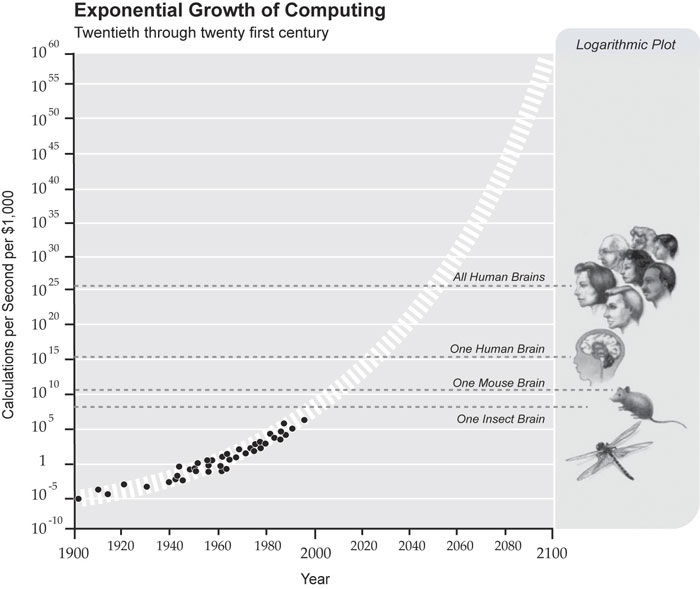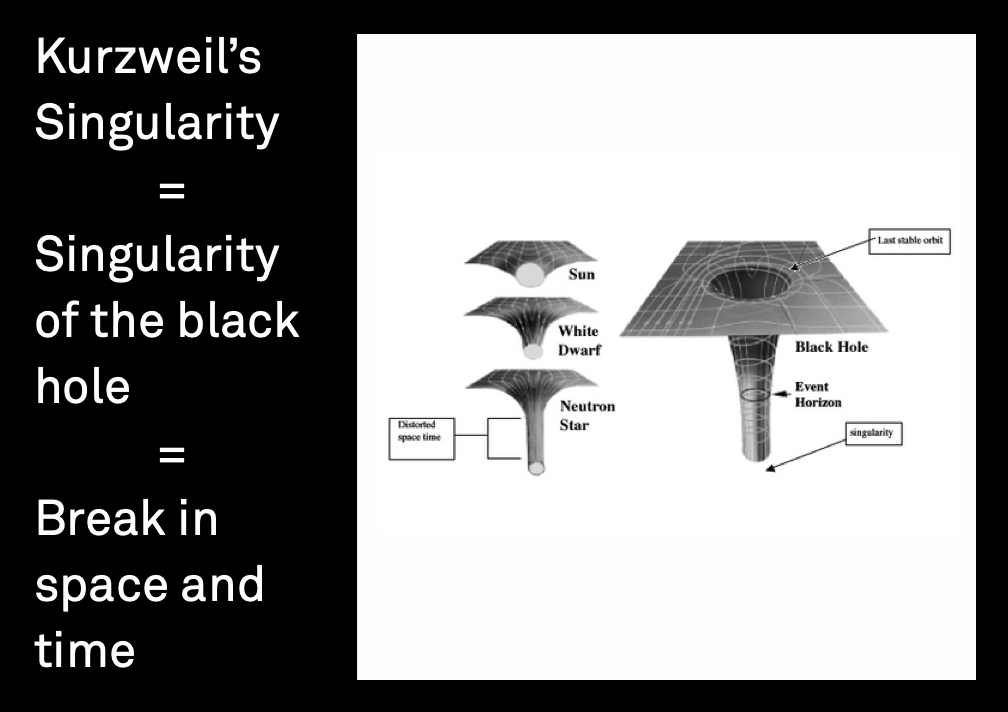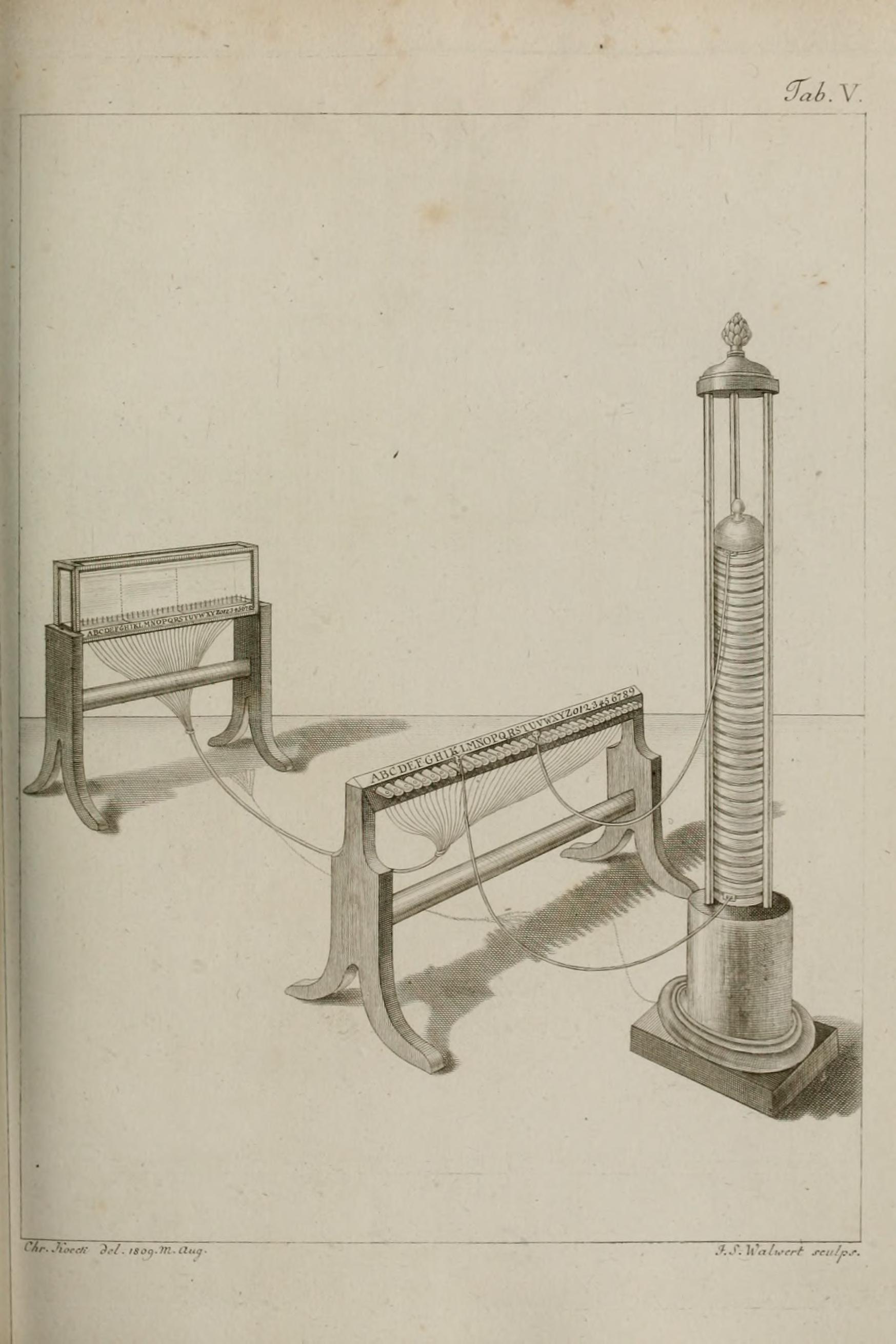The Question of Scale
It all started with the Industrial Revolution – the steam engine and conveyor belt: the progressive shortening of time, space, and the possibility of reaction. In the digital age the shortening reached the scale of atoms and picoseconds – optical cables transfer information at the speed of light. The exponential shortening of time, and with it space, determined by the emergence of digital technologies and the ever-faster processing and transfer of data, changes the position of the body in that space and thus the space of the body.
The thing that perhaps most defines us as beings of this universe is time and our understanding of it. We inhabit spacetime and observe all our activities through the prism of cycles, flow, movement. Time is the one thing we perceive most as something constant. It is interesting to observe changes in the perception of this constant in the last 200 years or so, that have occurred under the influence of technological advances. Perhaps it is ‘time’ to redefine our perception of that ‘constant’. If space and time are continuous, then by shortening time, the space in which we operate shortens too, and shifts outside of our scale.

Einstein's theory of special relativity did not separate space from time, but considers them inextricably connected. This is especially relevant in the context of gravitational waves that were recently detected and that are distortions on the ‘surface’ of spacetime. The most common analogy for this is to imagine spacetime as a surface that bends under the influence of gravitational forces. The bigger the gravitational force, the faster spacetime passes. Therefore, if the space is distorted, time is bent. Since we know that certain technologies in use today are already very close to the speed of light, like optical cables and superfast computers, perhaps it is logical to assume that they bend our physical time. They are an ever-increasing gravitational force that causes ripples in our perceptual field.
All technological advances are, at their core, related to time and its shortening: to increase the number of activities that we can carry out in as little time as possible, to speed up certain tasks or move faster through space. All technologies shorten space-time, so it is no wonder that these technologies change our perception of the passage of time. Lately, it is our collective impression that time is passing faster and faster. According to some studies, the reason is that our brains are exposed to an increasing number of stimuli and the enormous amount of information that we consume daily.

Perhaps the psychological experience of perceptual time distortion, caused by an increasing information stimuli, could be correlated with Moore's law of the shortening gaps between technological jumps, which in its essence means nothing more than an ever larger number of changes (and with it more and more information to absorb) in an ever shorter timeframe. Moore's law was defined in 1965 by Gordon Moore, co-founder of Intel, while analyzing the speed of computer processor development. He stated: ‘the number of transistors that can be placed on a chip for the most affordable price doubles about every two years’. Over time it was established that in a less literal sense Moore's law can be applied to the entire history of human technological progress. Some even argue that there is some sort of rule or natural law with which Moore's law overlaps.

A representative of this view of progress is transhumanist Ray Kurzweil, who calls it ‘The Law of Accelerating Returns’. Analysis of the history of technological development has shown that technology develops exponentially, contrary to our intuitive sense of linearity that we associate with the passage of time. As a consequence, the changes of the last 100 years have been more dramatic than of the last 20,000 years. First, big jumps in human progress took thousands of years, then they took centuries, then decades, and now they occur every couple of years. Soon, progress that used to require millennia will take a month, week, day, hour, minute, or second. We will literally see history passing in front of our eyes as some sort of material Facebook timeline scrolling in front of us and leaving us behind.
As the outcome of this swift progress Kurzweil foresees a moment which he calls the Singularity – technological changes so fast and profound that they represent a rupture in the tissue of human history. If we were to compare technological development with gravitational force, we would be located on the event horizon of a black hole, on our way toward a singularity, a point in the black hole where the laws of spacetime no longer apply.
Even though it is probable that Kurzweil overestimated the proximity of humanity to the black horizon, it would not be so hard to imagine this moment of history speeding up till it passes us by and leaves us stranded in some time limbo, where everything keeps going except us, leaving us behind.

Here are some examples of sequencing, where time is parsed into smaller segments that were initially used to discover invisible hidden micro-durations, and how that sequencing gradually oriented toward constructing the uninhabitable – a space not created for habitation, at least not our own.
A number of factors affected the shortening of the objective understanding of time and the influence on its subjective understanding, or more precisely: it happened through technological achievements that emerged in the last 200 years or so, from the steam engine in the 18th century and the advancement of electronic telecommunication in the early 19th century, to the Industrial Revolution and conveyor belt, that is, the segmentation of the work process and the optimization of human movement. The steam engine increased the speed of motion and the amount of activities carried out, and thus shortened the time it took to reach a certain location and increased the number of completed actions in a shorter time span.

Telecommunication abolished distance and enabled telepresence. Suddenly, a message, and later voice, could be teleported over great distances almost instantaneously.

The conveyor belt sequenced operations into smaller elements, optimized movement, reduced it to the most efficient instance, a binary value, a relation between move and rest. It sequenced movement into segments, ‘mini’-movements, smaller units of shorter duration. In that system, a person no longer has an overview of the manufacturing process, rather they only perform a single specific segment that doesn’t require any knowledge of the rest of the manufacturing chain, and the segment being reduced to a short interval of repetition.

Eadweard Muybridge and Étienne-Jules Marey were contemporaries in chrono-photography, known for their studies of movement of people and animals, trailblazing in the new discipline of scientific and industrial photography. Their photographs represented a previously unseen view of the world, in micro-instances of nature and everyday life. Their studies perfectly illustrate the 19th century interest in abolishing time and space under the influence of great technological turning points.


Optical cables transfer information at the speed of light and supercomputers perform trillions of operations in picoseconds. In such a space, human action is simply impossible, it is beyond our scale.
Blink of an eye
300-400 milliseconds
In such a way, in 2013 the Anadarko Petroleum Corporation lost 45 billion dollars in just 45 milliseconds, that is, a billion dollars per millisecond, in a set of circumstances still not entirely resolved. It is believed that there was a blockage in the flow of transactions between the supercomputers buying and selling stocks, so all the computers suddenly started to dump the company's stocks. To be clear, a millisecond is a thousandth of a second. If by some chance this catastrophe had lasted one whole second, the loss would have been one sextillion dollars. A case like this is no rarity and is called a flash crash – a sudden and completely unexpected drop in shares causing enormous losses and potentially bringing down corporations and economies.
For these systems numbers and subjects are irrelevant, it could be billions of paper clips, cars or humans, it makes no difference. And if we increasingly rely on such systems for our livelihood, what kind of errors and glitches can we expect in our daily lives? When time condenses in one dot and everything starts happening at once, where are we in it? How fast will we have to live to catch up?
Who are we building
this space for?
Who will reside in it?
First version of the text is from 2016, edited in 2020
︎
